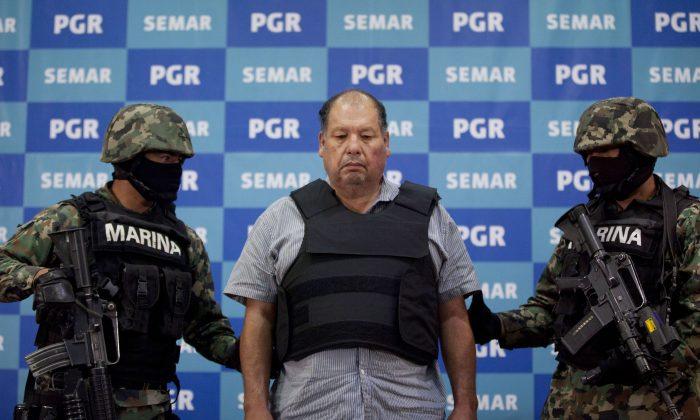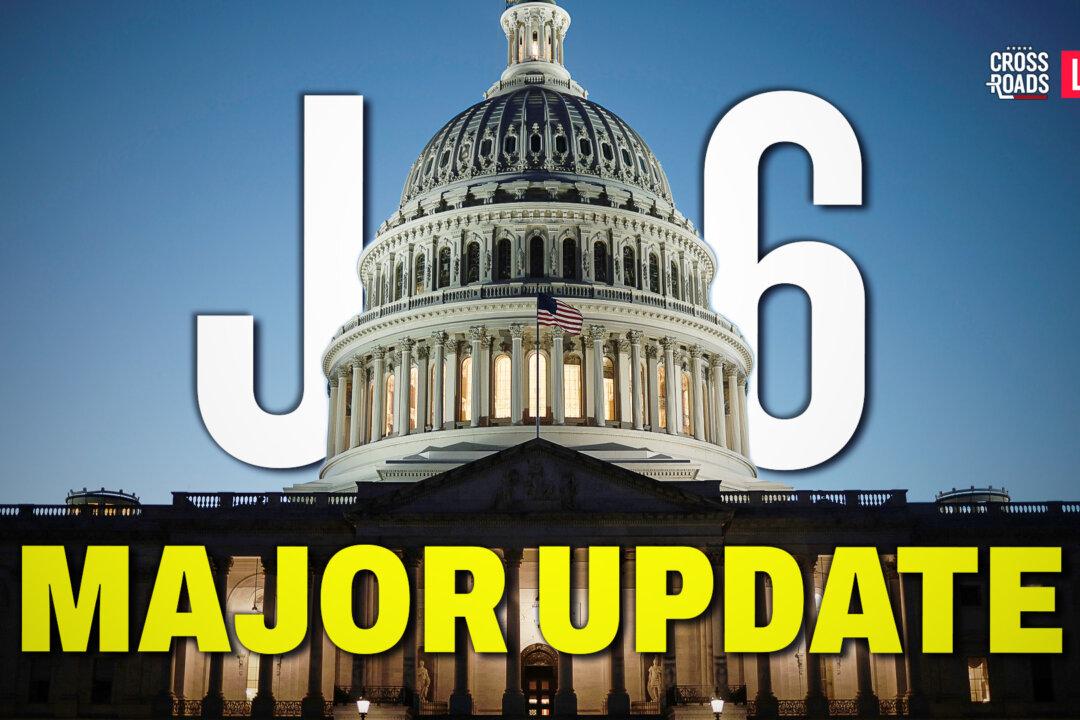Chinese gangs provide the Mexican drug cartels with ingredients to create methamphetamine. This in turn fuels the violent drug war in Mexico as well as addiction in the United States and Mexico to one of the world’s most harmful drugs.
China’s ongoing supply of precursor chemicals to make the drug has been the leading issue for Mexican officials to raise with China, according to Jorge Guajardo, the Mexican ambassador to China from 2007 to 2013.
“Before I came to China, the first briefing I had with the [Mexican] attorney general was on the problem of precursor flowing from China to Mexico. It was the number one issue I had to address. However, we never got anywhere,” Guajardo told Hong Kong’s South China Morning Post.
“There was never any cooperation from the Chinese side and no intelligence sharing,” he said. “It got to the point where all [Mexican] government officials visiting China had instructions to bring up the issue.”
Methamphetamine, also called “meth,” “glass,” and “ice,” is an illegal stimulant known to cause bodily damage and severe paranoia. Meth is often made with precursor chemicals ephedrine or pseudoephedrine, which were both available in over-the-counter drugs before the United States began regulating their sale in 2004.
The revelation shines a new light on an otherwise opaque topic.
Particularly telling is that Mexican officials regard the issue as their leading topic with China, while Chinese officials have been uncooperative, according to Dr. Robert Bunker, distinguished visiting professor and Minerva chair of the Strategic Studies Institute at the U.S. Army War College.
At the end of the day, it’s all about money. And in China, business and government corruption go hand-in-hand.
“Mexican meth production and distribution is highly lucrative with the yearly U.S. market—estimated at $5 billion street value—seeing increasing volume, decreasing prices, and increased purity levels,” Bunker said via email. “Mexico itself over the last decade has also become another profitable market for meth sales with addiction rates higher than in the U.S.”
Bunker said the Chinese precursors are smuggled to Mexican drug cartels, including the Sinaloa cartel and the Knights Templars. For Mexico, this is a crime that is feeding the drug wars, which are in turn destabilizing the country. For China, it is a lucrative market.
“Simply put, the Chinese have elevated ‘authoritarian capitalism’ to an art form,” Bunker said. “Their strategic mandate is to achieve profit—positive cash flow—for their economic system. In many ways, this is very mercantilist, zero-sum like, and predatory in its perspective.”
With this in mind, Bunker said, “It would make sense that Chinese governmental officials would argue that the precursor chemicals are legal products being misused by Mexican nationals for illicit purposes.”
He said this explains a comment from Guajardo, who said Chinese officials told Mexico that the flow of meth precursors is a problem for Mexico’s customs and not for China to worry about.
A Lucrative Market
In 2001, prior to the regulation of ephedrine and pseudoephedrine, pseudoephedrine powder used to be shipped in bulk to the United States and Canada. Germany and India were the largest suppliers, at 392 metric tons and 295 metric tons, respectively, The Oregonian reported. They were followed by China and the Czech Republic, which each exported close to 170 metric tons.
The drug cartels had to get the precursors from suppliers in the United States and Canada. In 2001, an estimated 200 tons were heading toward meth labs.
After the regulations kicked in, the number of meth labs in the United States dropped nearly fourfold. Then in 2007, the number began rapidly increasing.
Behind the increase was a restored supply chain of meth precursors, which were coming from China. Geopolitical intelligence company Stratfor mapped the smuggling lines in 2008. Ephedrine was being shipped from China into southern Mexico, through cooperation between the Chinese triads and the Mexican drug cartels.
While trafficking gets pinned on Chinese organized crime, government corruption in China is just as much to blame.
As recently as 2008, local governments in Guangdong, China, were encouraging farmers to grow ma huang and were promising more than 64 percent profit. Ma huang, also called Ephedra sinica, is used in traditional Chinese medicine and is a natural source of ephedrine.
There have been police raids targeting meth in China, including in areas where ma huang is a common crop, yet authorities typically only go after the finished product and leave the export ingredients untouched.
“While it appears that sales of meth precursors to the Mexican cartels may be an acceptable—and profitable—activity for the Chinese, the internal production of meth within their own country may not in any way be sanctioned, given the hundreds of meth labs raided in Guangdong and other parts of China over the last few years,” Bunker said.
He added that the dynamic suggests that Chinese authorities regard the sale of meth ingredients to the United States and Mexico as “an acceptable outcome of policies related to ‘authoritarian capitalism’ but such use by Chinese nationals is totally unacceptable given the highly addictive and debilitating effects of that drug.”


![[LIVE 4/26 at 10:30AM ET] New Push Started for Global Digital Currencies](/_next/image?url=https%3A%2F%2Fimg.theepochtimes.com%2Fassets%2Fuploads%2F2024%2F04%2F19%2Fid5633115-0426-1080x720.jpg&w=1200&q=75)



Friends Read Free